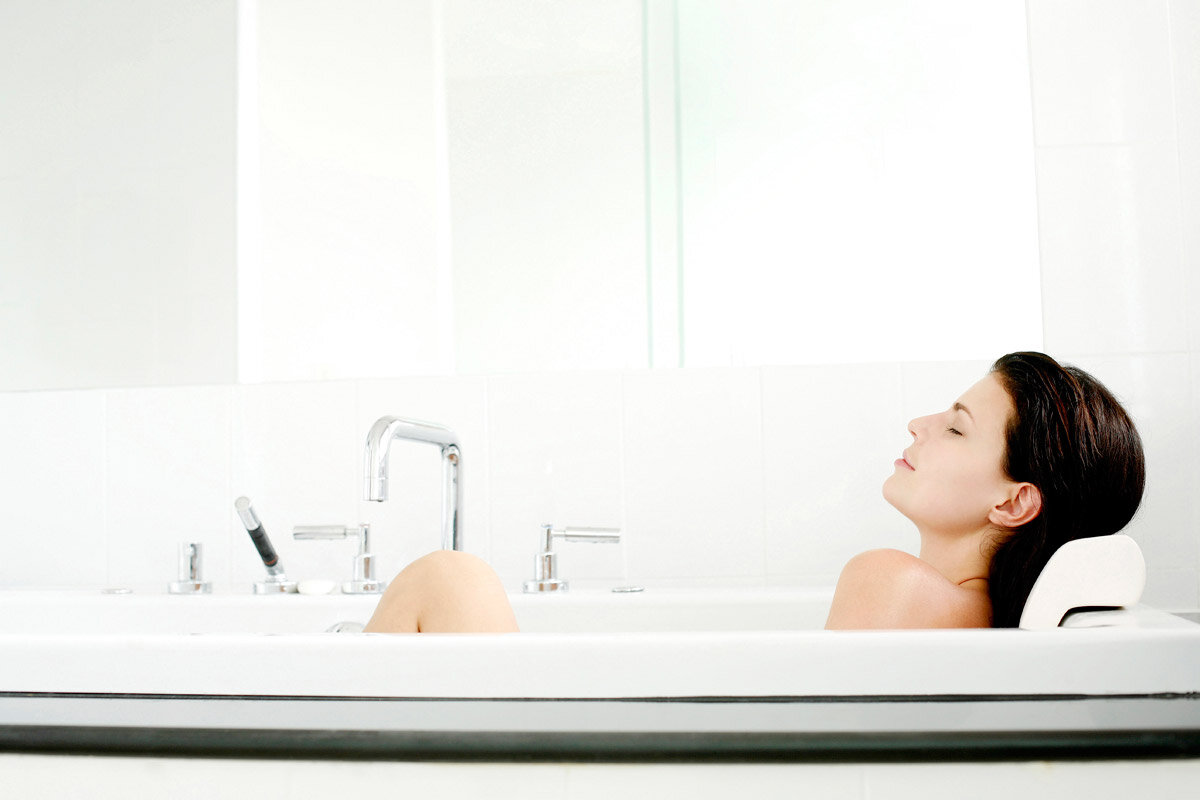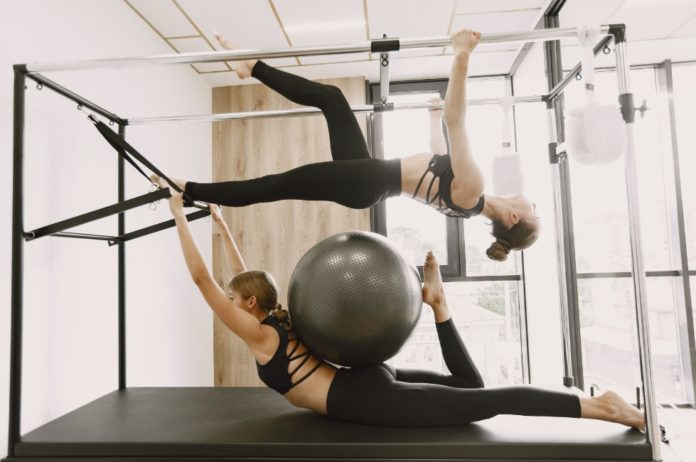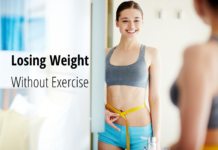Pilates and yoga are both forms of physical exercise with widespread benefits. While they are often perceived as similar, they possess distinct characteristics. Nevertheless, both practices contribute positively to one’s overall well-being.
What Is Pilates?
Pilates is a form of exercise that focuses on developing strength, flexibility, and control of the body. It was created by Joseph Pilates in the early 20th century and has since gained popularity worldwide. The Pilates method emphasizes core strength, proper alignment, and efficient movement patterns.

Pilates exercises are typically performed on a mat or using specialized equipment such as the Reformer, Cadillac, and Wunda Chair.
These exercises incorporate a variety of movements that engage the deep muscles of the abdomen, back, and pelvis, known as the “core” muscles. By strengthening the core, Pilates aims to improve overall body stability and posture.
Pilates exercises also emphasize proper breathing techniques, concentration, and mindful movement. The exercises are designed to promote body awareness, coordination, and balance. Pilates can be adapted to suit different fitness levels and abilities, making it suitable for people of various ages and physical conditions.
What is Yoga?
Yoga is a holistic practice that originated in ancient India and has been practiced for thousands of years. It encompasses physical postures (asanas), breathing techniques (pranayama), meditation, and ethical principles. The word “yoga” itself means union or connection, referring to the integration of body, mind, and spirit.
In modern times, yoga has gained widespread popularity as a form of exercise and stress relief. It is practiced by people of all ages and fitness levels. While there are various styles and approaches to yoga, they all share the common goal of promoting physical and mental well-being.

Physical postures, or asanas, are a central component of yoga practice. These postures are designed to promote strength, flexibility, balance, and body awareness. Each posture targets specific muscle groups and can be adapted to suit individual needs and abilities.
Breathing techniques, or pranayama, are another important aspect of yoga. Conscious control of the breath is believed to calm the mind, increase energy levels, and enhance overall health.
Various pranayama techniques are practiced to balance and expand the breath, such as deep belly breathing, alternate nostril breathing, and breath retention exercises.
Meditation and mindfulness are integral parts of yoga. These practices involve focusing the mind, cultivating present-moment awareness, and developing inner peace and clarity. Meditation techniques can range from simple breath awareness to guided visualizations and mantra repetition.
Beyond the physical and mental aspects, yoga also encompasses ethical principles known as the “Yamas” and “Niyamas.” These guidelines include moral and ethical codes for personal conduct, such as non-violence, truthfulness, contentment, self-discipline, and self-reflection.
Benefits of Pilates
It can:
- Increase core strength to improve stability
- Improve posture
- Increase flexibility
- Ease lower back pain
Additionally, studies have indicated that Pilates may aid in weight control. It is also a valuable tool in physical rehabilitation, with research showing its effectiveness in reducing pain and disability in individuals with conditions such as back pain, neck pain, scoliosis, and multiple sclerosis.
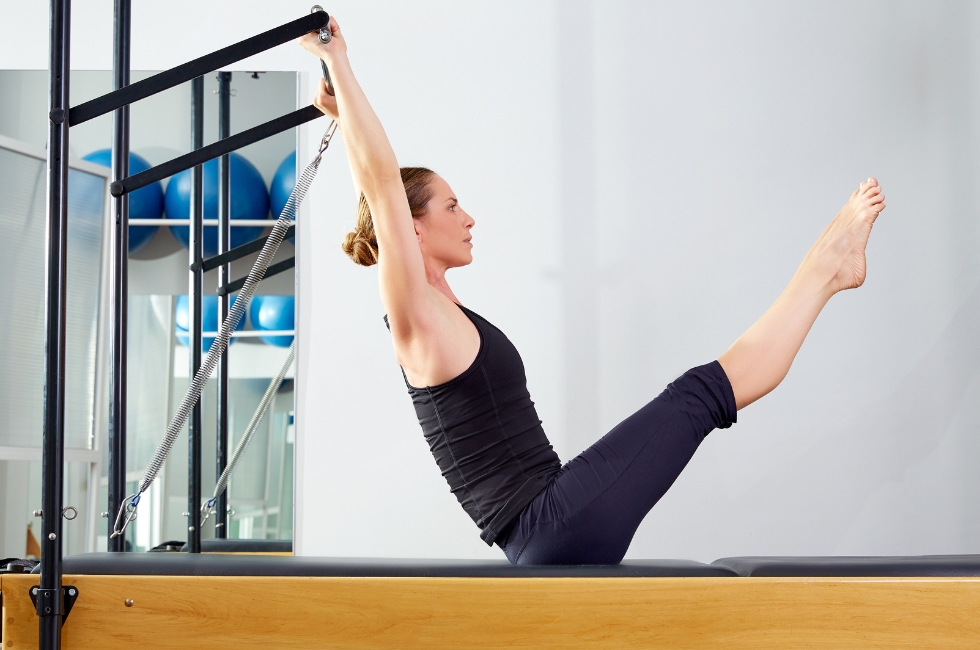
Although Pilates is not considered an aerobic exercise, it can help reduce stress, benefiting the heart. Most importantly, Pilates is generally safe for pregnant women, seniors, and children, but beginners are advised to seek guidance from a certified instructor to ensure proper learning and practice.
Benefits of Yoga
It can:
- Ease low-back pain and neck pain
- Improve balance
- Enhance sleep
- Eases stress and stress-related illnesses, such as tension headaches
- Ease the pain of knee osteoarthritis
- Help with weight loss
- Ease some symptoms of menopause
Almost everyone can do yoga, but consult your doctor first if you have certain health conditions, including:
- Problems with spinal disks
- Osteoporosis
- Risk of blood clots
- Eye problems, including glaucoma
- Balance problems
- High blood pressure
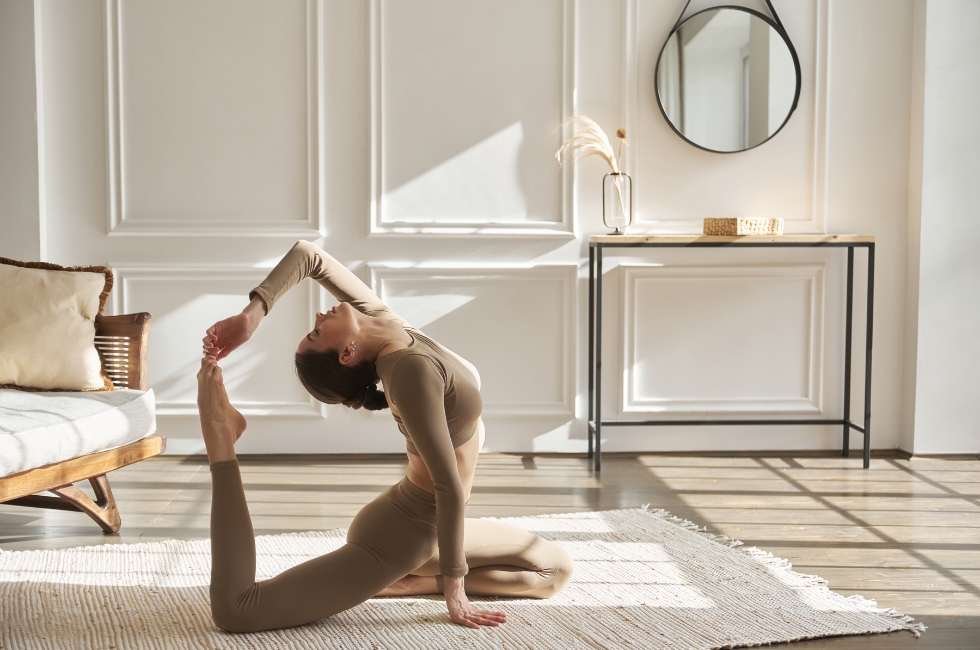
While yoga offers numerous benefits, individuals with certain conditions may need to avoid specific poses while still being able to benefit from others. Pregnant women can practice yoga with their doctor’s approval, but modifications may be necessary.
Compared to high-impact exercises, yoga has a lower risk of injury, although sprains and strains, particularly in the knee and lower leg, can still occur. There have been cases of compression fractures of the spine reported after yoga practice.
Advanced positions like headstands and lotus, as well as forceful breathing techniques, carry a higher risk of injury. Individuals with glaucoma should avoid head-down poses. To ensure your safety and well-being, it is recommended to learn yoga from a certified instructor.
Which Should You Do?
Determining whether Pilates or yoga is more suitable for you can be challenging. If you aim to enhance strength and flexibility, Pilates might be the preferred option. For overall wellness improvement, yoga could be the choice. However, the availability of classes and the expertise of instructors greatly influence the decision.
Although some men may perceive yoga as being too demanding in terms of flexibility, it is suitable for both men and women. Certain poses may have distinct effects on each gender, but both can benefit from practicing yoga.
Similarly, Pilates may face challenges in attracting male participants. Nonetheless, it is worth noting that Pilates was invented by a man, Joseph Pilates, who developed many principles while working with male soldiers.
Conclusion
Pilates and yoga are distinct exercises that offer unique benefits for physical and mental well-being. Pilates focuses on core strength and flexibility, while yoga combines physical poses with breathing techniques and mindfulness.
The choice between the two depends on personal preferences and fitness goals. Seeking guidance from certified instructors is essential for proper technique and avoiding injuries. Ultimately, both Pilates and yoga can be valuable additions to a healthy lifestyle.





